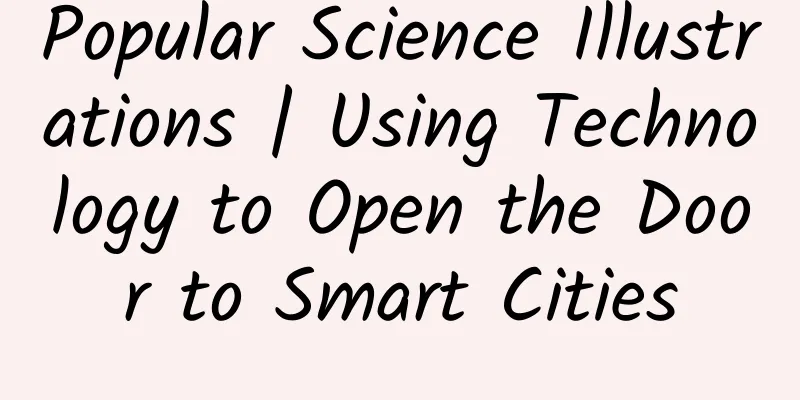Students use ChatGPT to do homework? Chinese professor posted on Natuer: Encourage, but do it this way

|
Source: Nature Original author: Hong Yang, Professor of Environmental Science, University of Reading “LLMs are here to stay,” writes Hong Yang, a professor of environmental science at the University of Reading in the United Kingdom. “Here’s how I incorporate them into my teaching.” At the end of November 2022, my university teaching work was suddenly disrupted by an uninvited guest - ChatGPT, a large language model (LLMs) trained on huge language datasets that can summarize, translate and create text. Like many teachers, my biggest concern about the tool is that students will use it to cheat when writing papers. I understand the importance of ensuring the originality of student work and avoiding academic dishonesty. Some American universities, such as the University of Washington, have included ChatGPT-generated text in their definition of plagiarism, and some Asian universities, such as the University of Hong Kong in China, have banned the use of ChatGPT altogether, but many institutions do not have clear guidelines - including my own University of Reading in the UK, where I teach a course on air pollution. I don't think we can completely ban ChatGPT, because it is difficult for current technology to detect work written by models. My students will graduate soon and start working, and their employers may ask them to work with AI models, which may hinder students' development if they don't know how to use these tools properly. We can't stop students from using calculators or the Internet, and we can't stop them from using ChatGPT. The best thing to do is to understand this tool and try to integrate it into teaching. Reflection on teaching tasks In my previous teaching work, I would assign my students a literature review. This year, in order to avoid plagiarism and encourage innovation, I asked students to collect air quality data on campus in small groups. However, students still analyzed the data independently using statistical methods and wrote individual papers. Of course, many students were unfamiliar with creating projects. Some struggled to come up with an appropriate method to assess CO2 emissions—so I suggested they use ChatGPT to help them design their projects , a model that outlines the steps from identifying a site, to choosing CO2 monitoring equipment, setting it up, collecting and analyzing data, and presenting and disseminating the results. Students did all the work when it came to scientific analysis and writing papers—but they also learned how Large Language Models (LLMs) can generate scientific ideas and help plan experiments in general . My students study environmental science or geography, so most of them are not very proficient in programming languages such as R and Python. I sometimes have trouble debugging the code in these languages, and ChatGPT can help us solve this problem. For example, under my guidance, students use ChatGPT to create R code, conduct their statistical tests, and analyze the differences in carbon dioxide levels between natural (such as grasslands) and artificial (such as classrooms) places on campus. I found that as long as the prompts are simple and clear, the robot will generate effective code. For example, R language code was used to conduct a t-test to analyze the differences in carbon dioxide concentrations between natural and anthropogenic sites on a university campus. To ensure that my students can better understand the material (I provide) and avoid plagiarism, I also changed my assessment method. Instead of just writing a paper, they need to give a 10-minute oral presentation to share their findings. This method not only reduces the chances of plagiarism, but also makes the assessment process more interactive and engaging. I provide personalized feedback to each student, point out areas where they need to improve, and encourage them to think originally. Potential hazards Despite the many benefits that ChatGPT can bring to us, it has been proven to have a negative impact on diversity and inclusion in academic institutions . For example, during a lecture on greenhouse gases, I asked ChatGPT to provide a list of important books on climate change and their authors. To avoid any bias related to race and language, I included “regardless of race and language” in the prompt. However, all of ChatGPT’s suggestions are written in English, 9 out of 10 authors are white, and 9 out of 10 authors are male. Using information from long-published books and websites to train LLMs can lead to biased and inaccurate representations of the views of marginalized communities while amplifying the voices of those in power and position. Galactica is an LLM published by the tech company Meta that had to be deactivated because it produced racist content. Since most of the data used to train these LLMs is in English, they perform best in that language. The widespread use of LLMs could exacerbate the over-representation of privileged groups and further marginalize those who are already underrepresented. Some practical tips Here are some tips on how to use ChatGPT effectively in your classroom: 1. Spend some time learning and practicing typing prompts in ChatGPT. 2. Diversify your (teaching) assessments, such as adding oral presentations, to avoid plagiarism. 3. Be aware of the risk that ChatGPT exacerbates inequality. 4. Identify clear goals: Have a clear idea of what you want to achieve with ChatGPT. 5. Test and refine the prompt: Test the prompt with ChatGPT and refine the prompt based on the results. Repeat this process until you achieve the desired results. 6. Edit with others: Collaborate with other instructors and your students to review and refine the prompts. Original link: https://www.nature.com/articles/d41586-023-01026-9 |
<<: Hericium erinaceus, does it look like a monkey head?
Recommend
How to operate an event in 7 steps for beginners
For a novice operator , how can you do a good job...
What were once ten unicorns can now only produce an autopsy report
The world of unicorns is never short of stories. ...
The reshuffle of shared power banks has begun, but it is unlikely to become the next shared bicycle
The rise of the sharing economy has brought in a ...
How to choose cloud host server rental server hosting?
Nowadays, with the development of economic global...
What happened to people who often ordered takeout? I didn't expect this result.
Wuhan University of Science and Technology School...
Tips for cold starting a Kuaishou account!
It is not easy to stand out among the 15 million ...
Which one is the future, Web or APP?
[[152469]] The adoption of any new technology oft...
4 tips to teach you how to operate WeChat groups and QQ groups!
Few people know the purpose of group operations , ...
Super practical! 36 tips for new live streaming sales
When you enter the live broadcast room of Li Jiaq...
APP promotion丨Analysis of the advantages and disadvantages of mainstream promotion channels
01 Classification by traffic rating The editor di...
How to make money from live streaming, teach you how to increase followers, attract traffic, sell goods and realize cash, easily earn 100,000 yuan a month
In 2021, live streaming has become a popular shop...
Beware of slipping! What to do if you encounter "freezing rain" on the highway?
In the cold winter, a special meteorological phen...
Ideal Auto released its financial report and achieved profitability for the first time, with revenue increasing by 65% in the fourth quarter
Li Auto, one of the new Chinese car makers, repor...
C4D tutorial 105 episodes
This set of C4D example tutorials has a total of ...
How can we make the marketing information of a product spread widely?
As an Internet product person, you will more or l...









